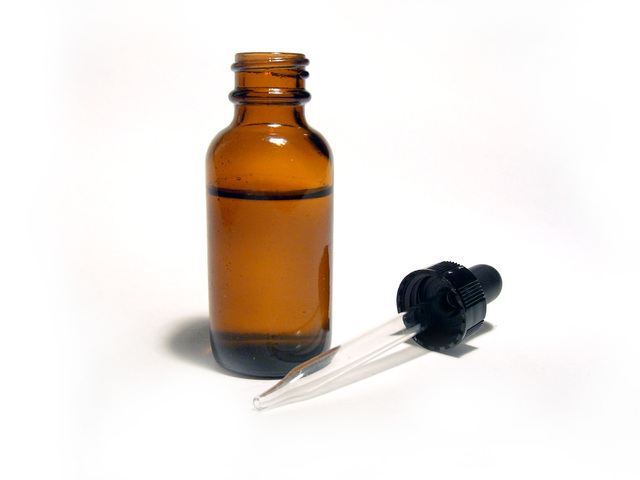Diversity of CBD Extraction Techniques
In the realm of CBD products, the extraction method plays a pivotal role in determining the quality, potency, and overall efficacy of the final product. As the demand for CBD continues to surge, so does the need for understanding the various extraction methods utilized to derive this potent compound from the hemp plant. In this comprehensive guide, we delve into the different extraction techniques for CBD, unraveling their intricacies and highlighting their pros and cons.
The Significance of Extraction Methods in CBD Production
Before delving into the diverse extraction methods, it’s imperative to grasp the significance of this process in CBD production. CBD, short for cannabidiol, is one of the numerous cannabinoids found in the hemp plant. However, unlike its counterpart THC (tetrahydrocannabinol), CBD is non-psychoactive, making it a popular choice for those seeking therapeutic benefits without the “high” typically associated with hemp consumption.
Extracting CBD from the hemp plant involves separating the desirable compounds from the raw plant material to create a concentrated form that can be used in various products such as oils, tinctures, edibles, and topicals. The efficiency and effectiveness of this extraction process profoundly impact the purity, potency, and overall quality of the final CBD product.
Exploring Different CBD Extraction Techniques
1. CO2 Extraction Method
Widely regarded as one of the most effective and efficient methods, CO2 extraction utilizes carbon dioxide under high pressure and low temperatures to isolate CBD and other cannabinoids from the hemp plant. This method ensures a pure and potent extract without leaving behind any harmful residues or solvents. Although it requires sophisticated equipment and expertise, CO2 extraction is favored for its ability to produce high-quality CBD with maximum cannabinoid content. Visit G15Tools where you will find lots of great information and practical advice about diversity of CBD extraction techniques.
2. Ethanol Extraction Method
Ethanol extraction involves soaking the hemp plant in ethanol, a type of grain alcohol, to extract CBD and other beneficial compounds. This method is relatively cost-effective and straightforward, making it a popular choice for small-scale CBD producers. However, ethanol extraction may also extract chlorophyll and other unwanted components, resulting in a less refined CBD extract compared to CO2 extraction.
3. Hydrocarbon Extraction Method
Hydrocarbon extraction utilizes hydrocarbon solvents such as butane or propane to extract CBD from the hemp plant. While this method can yield high concentrations of CBD, there are significant safety concerns associated with the use of flammable solvents. Proper equipment and expertise are essential to ensure the removal of residual solvents and the production of a safe CBD extract.
4. Lipid Extraction Method
Lipid extraction, also known as the “infusion method,” involves steeping hemp plant material in a lipid (fat) to extract cannabinoids. Common lipids used include coconut oil, olive oil, or butter. While lipid extraction is simple and can be done at home with basic kitchen equipment, it may not produce as potent or concentrated CBD extracts compared to other methods.

Conclusion: Choosing the Right Extraction Method
In conclusion, the extraction method plays a crucial role in determining the quality, purity, and potency of CBD products. Each method has its advantages and limitations, and the choice of extraction technique depends on various factors such as budget, scale of production, desired product quality, and safety considerations.
For those prioritizing purity and potency, CO2 extraction stands out as the preferred method, albeit with higher costs. Ethanol extraction offers a more budget-friendly alternative, while hydrocarbon extraction requires stringent safety measures. Meanwhile, lipid extraction provides a simple and accessible option for DIY enthusiasts.
Ultimately, consumers should prioritize CBD products derived from reputable manufacturers that adhere to strict quality standards and transparent extraction processes. By understanding the different extraction methods and their implications, consumers can make informed decisions when purchasing CBD products.








